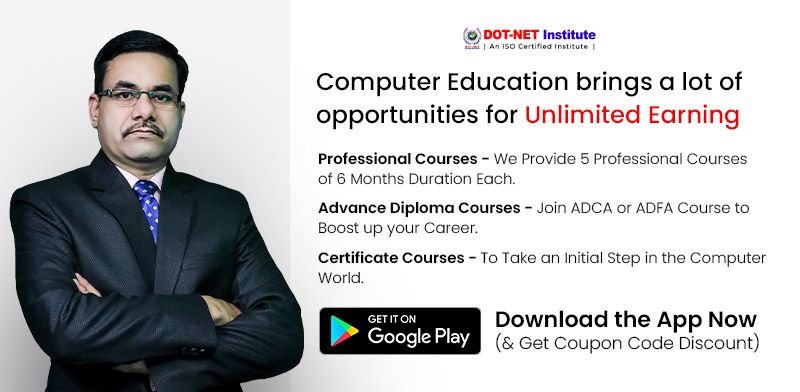YouTube is an American online video sharing and social media platform headquartered in San Bruno, Calif. This was launched on February 14, 2005, by Steve Chen, Chad Hurley, and Jawed Karim. This is owned by Google, and is the second most visited website, after Google Search. YouTube has more than 2.5 billion monthly users who collectively watch more than one billion hours of videos every day. As of May 2019, videos were being uploaded at a rate of more than 500 hours of material per minute.
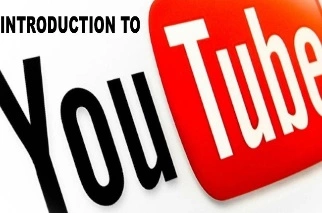
In October 2006, 18 months after posting its first video and 10 months after its official launch, YouTube was purchased by Google for $1.65 billion. Google’s ownership of YouTube expanded the site’s business model, expanding from generating revenue from ads alone, to offering paid content such as movies and exclusive content produced by YouTube.
Contents
What is YouTube?
YouTube is a free video sharing website that creates it easy to watch online videos. You can even make and upload your own videos to share with others. Originally made in 2005, YouTube is now one of the most popular sites on the Web, with visitors watching around 6 billion hours of video every month.
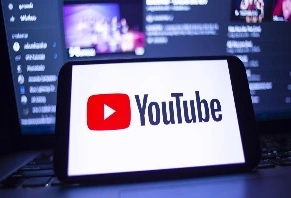
History of YouTube
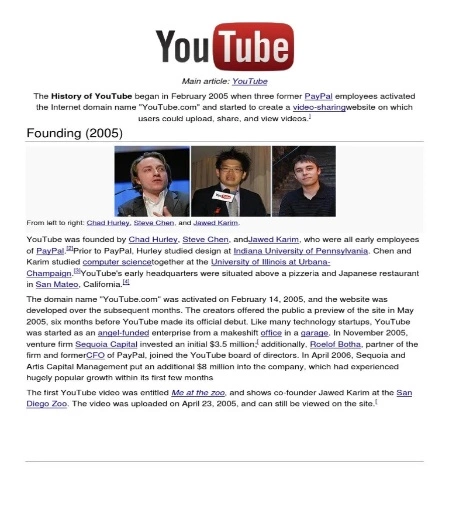
YouTube, web site for sharing videos it was registered on February 14, 2005 by Steve Chen, Chad Hurley and Jawed Karim, three former staff of the American e-commerce company PayPal. His idea was that the general public would enjoy sharing their “home videos”. So the company is headquartered in San Bruno, Calif.
According to a story that is often repeated in the media, Hurley and Chen developed the idea for YouTube in the early months of 2005, after they experienced difficulty and after that sharing videos shot at a dinner party at Chen’s apartment in San Francisco. Experience happened. Karim did not attend the party and denied that it had happened, but Chen commented that the idea of founding YouTube after a dinner party was “probably too strong from marketing ideas around creating a very digestible story”.
Why we use YouTube
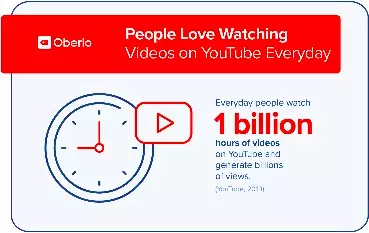
One of the reasons YouTube is so popular is due to the sheer number of videos you can find. An average of hundred hours of video is uploaded to YouTube every minute, so there’s always something new to see! And you’ll find all kinds of videos on YouTube adorable cats, unique cooking demos, fun science lessons, fashion tips, and more.
Other reason YouTube is so popular: it’s all about the user-generated content. Instead of videos from major TV networks and movie studios, you’ll find amazing and creative videos created by people like you. And YouTube isn’t a one-way street—you can jump in, Record and share your own videos, and be part of the community.
What are the main functions of YouTube?
User may search for and watch videos
Make a personal YouTube channel
You may Upload video to your channel
Also you can Like/Comment/share other YouTube videos
And yes user can subscribe/follow other YouTube channels and users
Making playlists to organize videos and group videos together.
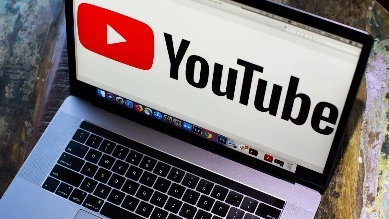
What are the Advantages or disadvantages of YouTube
All we know that YouTube is a very popular social media platform these days. It is excellent for personal use, but it can also be used by businesses to build brands. The videos you uploaded will not only appear on YouTube but also in various search engines like Google.
Benefits of YouTube
1. Free to use
Uploading and watching videos on YouTube is totally free. This gives you the chance to experiment and find out whether it works for you or not without worrying about the costs. Although, recently, YouTube has introduced YouTube Premium. YouTube Premium is a paid subscription that allows you to watch videos without ads, play videos in the background, and permits you to play videos when you’re offline.
2. Gives you a chance to earn money through your videos
With YouTube, you may earn money for your views. To earn money through your videos, you must have a Google AdSense account. Apart from Google AdSense, there are many ways in which you can earn money through YouTube. This can be done through: Affiliate Link, sponsor, business and products, selling digital products, offer services, and many more.
3. Simple to use
YouTube is simple to use for everyone, even if you do not have any computer skills. Still, you don’t know how to use this social media platform? Don’t worry, there are tons of tutorials out there to show you how to upload videos and much more.
4. An easier way to share information
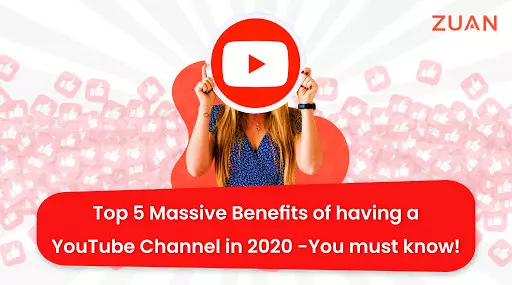
With YouTube, you can share a good amount of information to a lot of people in a short time. You can also share information in an enjoyable way. Videos, music, Sketch Comedy, Video animation.
5. Generate Backlinks
YouTube can help boost your SEO by creating backlinks. These backlinks may be created when adding a link to your website to your profile page and/or to the description of each video you post on your channel. This will get to know about your website, which will increase traffic on it.
Also check:
-
5 Best Computer Course in India for Private Job (India में प्राइवेट नौकरी के लिए 05 BEST कंप्यूटर कोर्स)
-
Google jobs in India | Google में चाहिए नौकरी तो कर ये 5 कोर्स - मिलेगा लाखों का पैकेज | Google Jobs
-
Retail Management Career | Retail Jobs | How to get Retail Management Job
-
How to Start Earning as a Graphic Designer?
-
Paramedical Courses | Paramedical Career | कम बजटऔर कम फीस में मेडिकल करियर बनेगा
Disadvantages of YouTube
1. Everything is public
Everyone knows YouTube is a public social media platform. This means people don’t need to create an account to watch any of your videos you publish on your channels. Also, anybody can post a video. This can cause copyright issues, and there may be issues with privacy invasion.
2. Multiple rules
Like any other social media platform, YouTube has many rules that restrict what you can do within your channel. This may be through customization terms in terms of what you can post on your channel and how your channel looks.
3. Our account may be disabled for no reason
Our account may be disabled when copying someone’s video idea, or making a video that does not comply with the Terms and Conditions. YouTube reserves the right to remove or disable your channel without assigning any reason.

4. Any advertiser can place an ad in your video
YouTube has many other advantages and disadvantages, but we think these are the ones you should be aware of. It depends on your norms and values which profit or loss matters most to you. Absolutely, there’s nothing wrong with trying something new. Otherwise, you’ll never know if it’s something for you.
What are the features of YouTube
1. Video technology
When launched in 2005, viewing YouTube videos on personal computers required the Adobe Flash Player plug-in to be installed in the browser. This allowed viewing the video without having to install Adobe Flash Player or any other plug-in.
2. Uploading
All YouTube users can upload videos up to 15 minutes in duration each. Users can verify their account, normally via mobile phone, to gain the ability to upload up to 12 hours of video, as well as create live streams. When YouTube launched in 2005, it was possible to upload longer videos, but the 10-minute limit was introduced in March 2006 when YouTube discovered that most videos exceeding this length were unauthorized uploads of television shows and movies.
3. Quality and formats
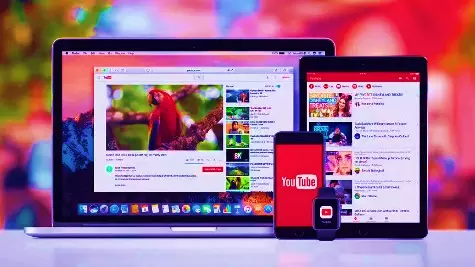
YouTube normally offered videos at only one quality level, displayed at a resolution of 320×240 pixels using the Sorenson Spark codec (a variant of H.263), with mono MP3 audio. So that users choose between “Autos”, that adjusts resolution based on the Internet connection, “High Picture Quality” that will prioritize playing high-quality video, “Data saver” that will sacrifice video quality in favor of low data usage and “Advanced” which lets the user select a stream resolution.
4. Live Streaming
YouTube made early experiments with live streaming, including a concert by U2 in 2009 and a question-and-answer session with US President Barack Obama in February 2010. In February 2017, live streaming was launched on the official YouTube mobile. Application. Live streaming via mobile was initially restricted to users with at least 10,000 subscribers, but was reduced to 100 subscribers by mid-2017.
Conclusion
YouTube is not just a random site, but an informative and important part of learning for both inside and outside the classroom. YouTube is increasingly being used by teachers for many different reasons and has allowed them to help teach their students in a better, more effective way. I believe YouTube can help students learn content for a number of reasons, but one of the main reasons is that you can pause, rewind, and fast forward videos, allowing students to play at their own pace. Can learn. This is important because each student learns at a different pace and YouTube gives them the ability to explore, learn and watch at their own pace.
FAQ
YouTube is a video sharing service where users can view, like, share, and comment and upload their own videos. The video service can be accessed via PC, laptop, tablet and mobile phone.
Some social media platforms can fit into more than one category, such as Facebook or Instagram. For YouTube, it belongs to the category of video-sharing sites.
While it’s unlikely that you’ll ever get the YouTube virus from watching videos, there are real dangers to the site. Cybercriminals trick us into clicking links so that they can install malicious software on our devices.
Make your channel membership public or private
Sign in to YouTube on your computer. In the upper right, click your profile picture. In the left menu, choose Privacy. Keep all my subscriptions private or enable.
In simple words: YouTube monetization is the ability to earn money from your videos. To enable monetization on YouTube, you must meet certain requirements and join the YouTube Partner Program (YPP). According to YouTube, to be eligible for monetization, you must have: 4,000 hours of views in the past 12 months.
The YouTube Privacy Guidelines aim to protect users’ privacy and sense of security while balancing the public interest and newsworthiness. We are serious about protecting our users by addressing potential privacy concerns, and these guidelines apply to all users around the world.
The actual rates an advertiser pays typically vary from $0.10 to $0.30 per view, but average $0.18 per view. On average, a YouTube channel can fetch $18 per 1,000 ad views.

